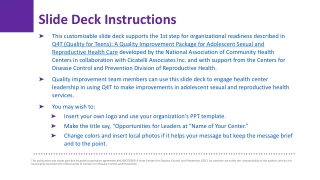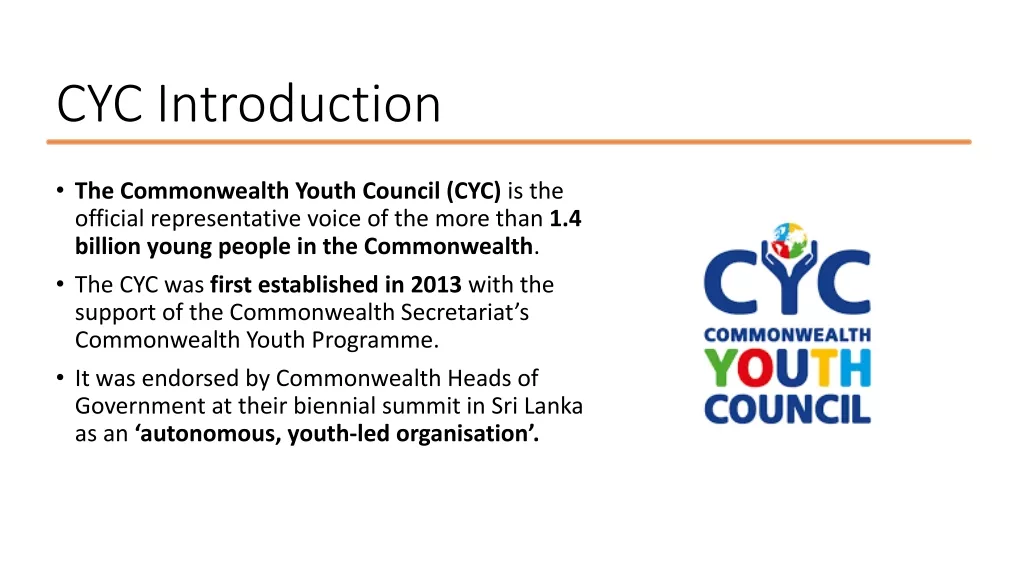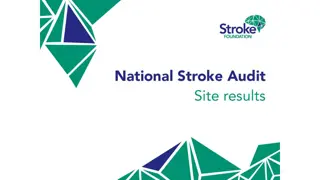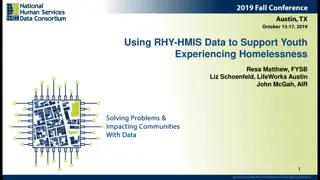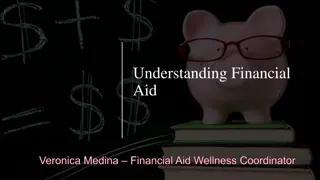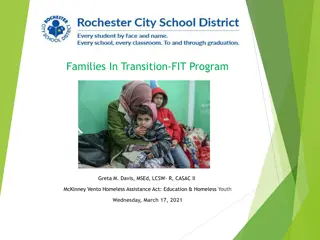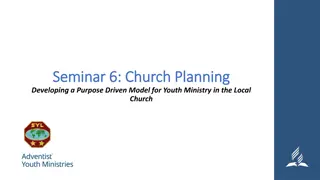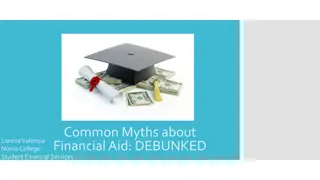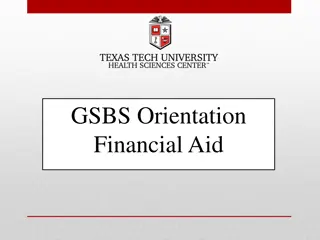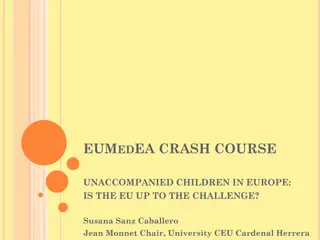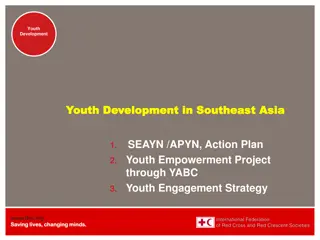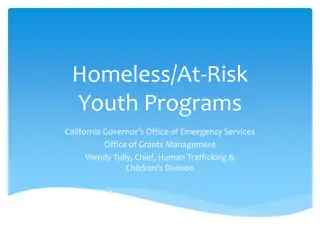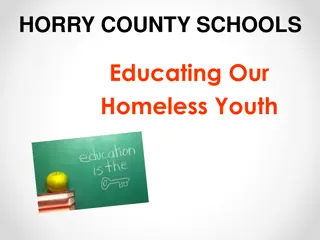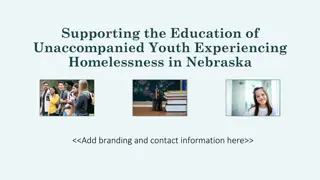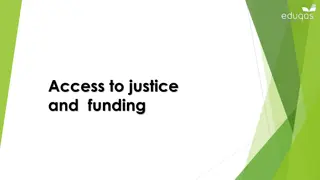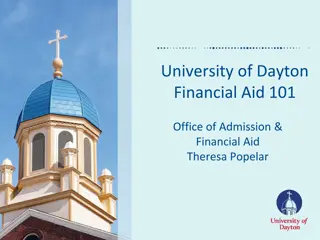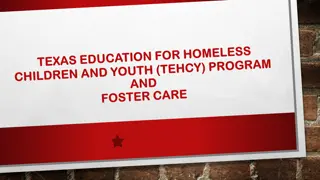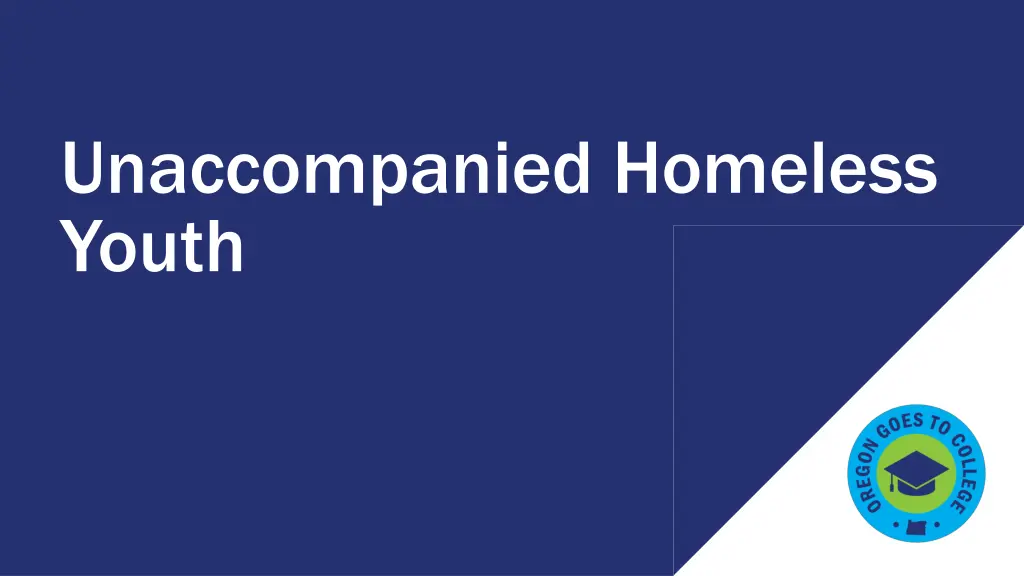
Understanding Unaccompanied Homeless Youth
Explore the definition and criteria of unaccompanied homeless youth as identified by FAFSA. Learn about the documentation required to verify this status and the distinction between being unaccompanied and experiencing homelessness with family. Discover the importance of providing accurate information on FAFSA to receive proper assistance and support.
Download Presentation

Please find below an Image/Link to download the presentation.
The content on the website is provided AS IS for your information and personal use only. It may not be sold, licensed, or shared on other websites without obtaining consent from the author. If you encounter any issues during the download, it is possible that the publisher has removed the file from their server.
You are allowed to download the files provided on this website for personal or commercial use, subject to the condition that they are used lawfully. All files are the property of their respective owners.
The content on the website is provided AS IS for your information and personal use only. It may not be sold, licensed, or shared on other websites without obtaining consent from the author.
E N D
Presentation Transcript
Unaccompanied Homeless Youth
Unaccompanied Homeless Youth Unaccompanied homeless youth is a term used by the FAFSA to define students who are not in the physical custody of a parent or guardian, and who meet established criteria to be considered homeless.
Not With Parent or Guardian Unaccompanied homeless youth are not in the physical custody of a parent or guardian, and are currently paying for fixed, regular and adequate housing.
At Risk of Homelessness Unaccompanied youth at risk of homelessness do not have fixed, adequate and regular housing. This includes youth who have been evicted, youth who are staying with friends temporarily because they don't have a safe or stable place to stay, and youth who have been unable to find fixed, regular and adequate housing.
Documentation of Status Students will be asked to provide documentation of their unaccompanied homeless youth status. This documentation may come from the student's high school or school district homeless liaison, the director or designee of a federally funded TRIO or GEAR UP program, or the director or designee of an emergency or transitional shelter, street outreach program, homeless youth drop in center, or other program serving those experiencing homelessness. If a student does not have documentation, they may ask the financial aid office to make a determination as to whether or not they are an unaccompanied youth and either homeless or self supporting and at risk of being homeless.
Must be Unaccompanied If a student is experiencing homelessness but are experiencing it with their family, they do not meet the definition of an "unaccompanied" homeless youth. These students will include parent information on the FAFSA.
Unusual Circumstances If the student does not meet the definition of unaccompanied homeless youth, they will need to provide parent information on the FAFSA. If this is an issue, please refer to our "Unusual Circumstances" video.

